Neural population dynamics in decision, attention & learning
theluolab.org | biology.utah.edu/faculty/thomas-zhihao-luo

Our new @nature.com paper shows that neural activity switches from an 'evidence gathering' to a 'commitment' state at a precise moment we call nTc.
After nTc, new evidence is ignored, revealing a neural marker for the instant when the mind is made up.
rdcu.be/eGUrv

The Caron lab has a new preprint, and it is about 🥁🥁🥁 democracy!
Neuro-democracy, to be precise. So: drop EVERYTHING and listen up — a 🧶!
www.biorxiv.org/content/10.1...
The Caron lab has a new preprint, and it is about 🥁🥁🥁 democracy!
Neuro-democracy, to be precise. So: drop EVERYTHING and listen up — a 🧶!
www.biorxiv.org/content/10.1...
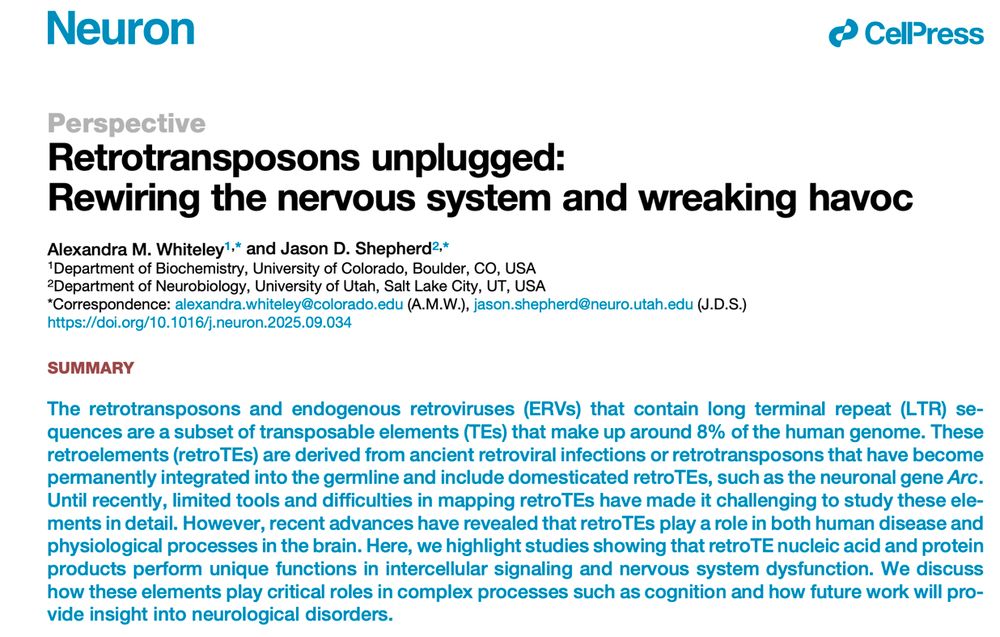
pni.princeton.edu/news/2025/wh...

pni.princeton.edu/news/2025/wh...
Jess Breda and I developed a protocol for training center-port nose fixation 61% faster than a previous curriculum while keeping violation rates low.
Preprint here: www.biorxiv.org/content/10.1...

Jess Breda and I developed a protocol for training center-port nose fixation 61% faster than a previous curriculum while keeping violation rates low.
Preprint here: www.biorxiv.org/content/10.1...
pni.princeton.edu/news/2025/wh...
pni.princeton.edu/news/2025/wh...
www.biorxiv.org/content/10.1...

www.biorxiv.org/content/10.1...
Postdoc (soon faculty at U. of Utah) @thomas-zhihao-luo.bsky.social and ex-grad student (now Shanahan Fellow at Allen Institute) @timkimd.bsky.social have some answers in this new paper out in Nature!
www.nature.com/articles/s41...
🧵 1/6
Postdoc (soon faculty at U. of Utah) @thomas-zhihao-luo.bsky.social and ex-grad student (now Shanahan Fellow at Allen Institute) @timkimd.bsky.social have some answers in this new paper out in Nature!
www.nature.com/articles/s41...
🧵 1/6
Our new @nature.com paper shows that neural activity switches from an 'evidence gathering' to a 'commitment' state at a precise moment we call nTc.
After nTc, new evidence is ignored, revealing a neural marker for the instant when the mind is made up.
rdcu.be/eGUrv

Our new @nature.com paper shows that neural activity switches from an 'evidence gathering' to a 'commitment' state at a precise moment we call nTc.
After nTc, new evidence is ignored, revealing a neural marker for the instant when the mind is made up.
rdcu.be/eGUrv
www.nature.com/articles/s41...

www.nature.com/articles/s41...
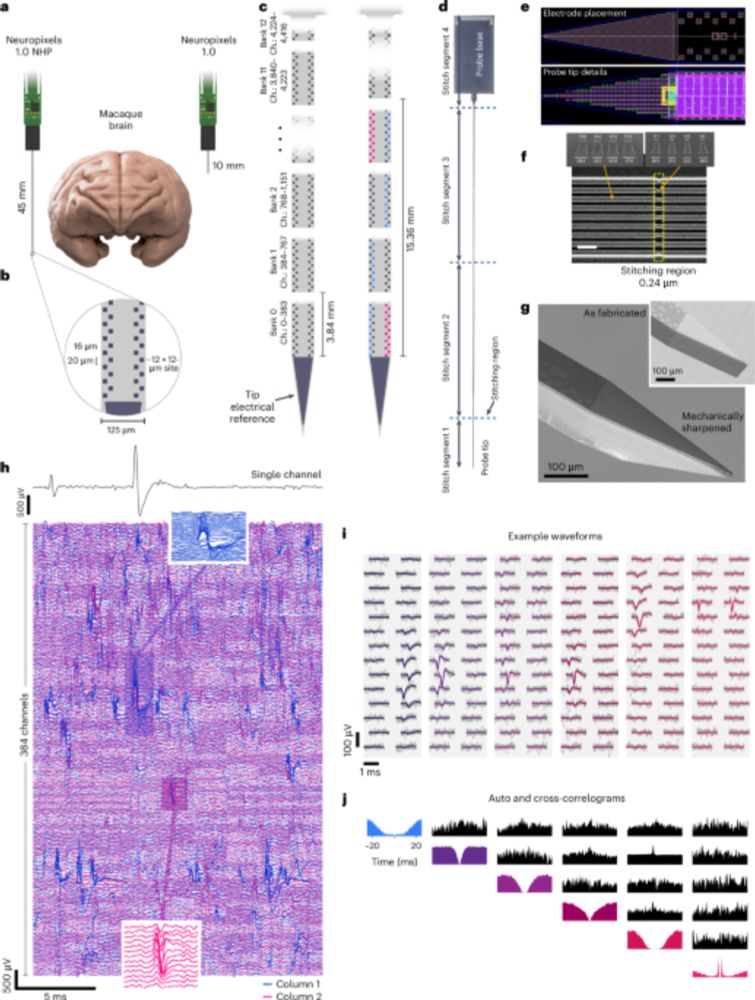
pip install and play around with our toy dataset:
🔗 github.com/Julie-Fabre/...
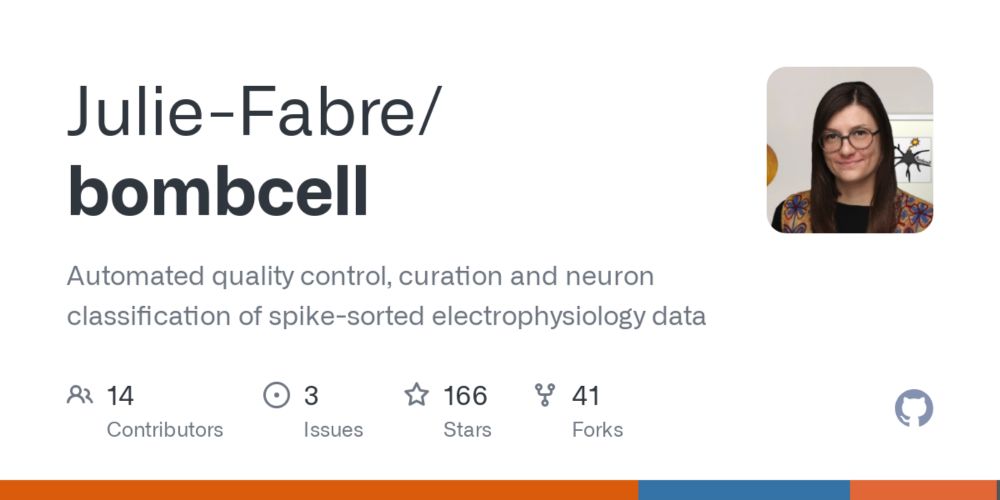
pip install and play around with our toy dataset:
🔗 github.com/Julie-Fabre/...
When a chickadee looks at a distant location, the same place cells activate as if it were actually there 👁️
The hippocampus encodes where the bird is looking, AND what it expects to see next -- enabling spatial reasoning from afar
bit.ly/3HvWSum
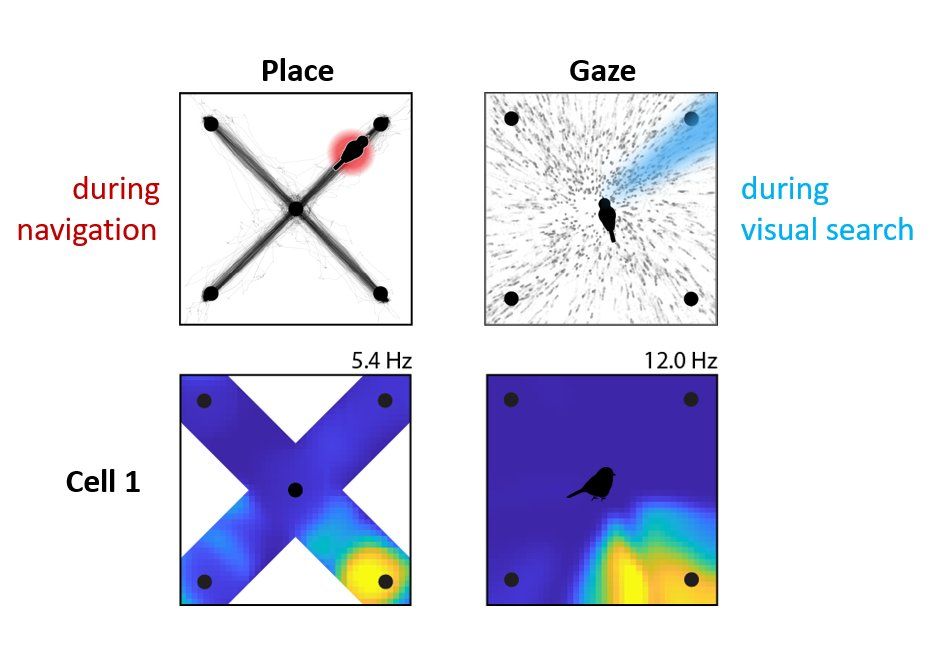
When a chickadee looks at a distant location, the same place cells activate as if it were actually there 👁️
The hippocampus encodes where the bird is looking, AND what it expects to see next -- enabling spatial reasoning from afar
bit.ly/3HvWSum
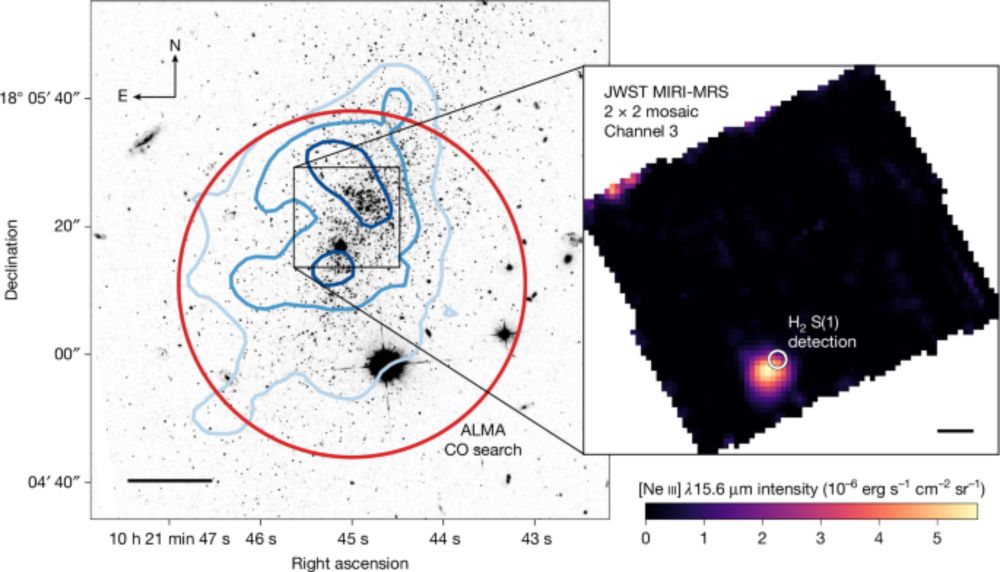
"A State–Dependent Drift Diffusion Model Reveals Mice Actively Explore A Speed–Accuracy Continuum During Decision-Making" is now available on biorxiv! Check it out below 👇
www.biorxiv.org/content/10.1...
In this work we find that mice are not just static mindless decision makers.
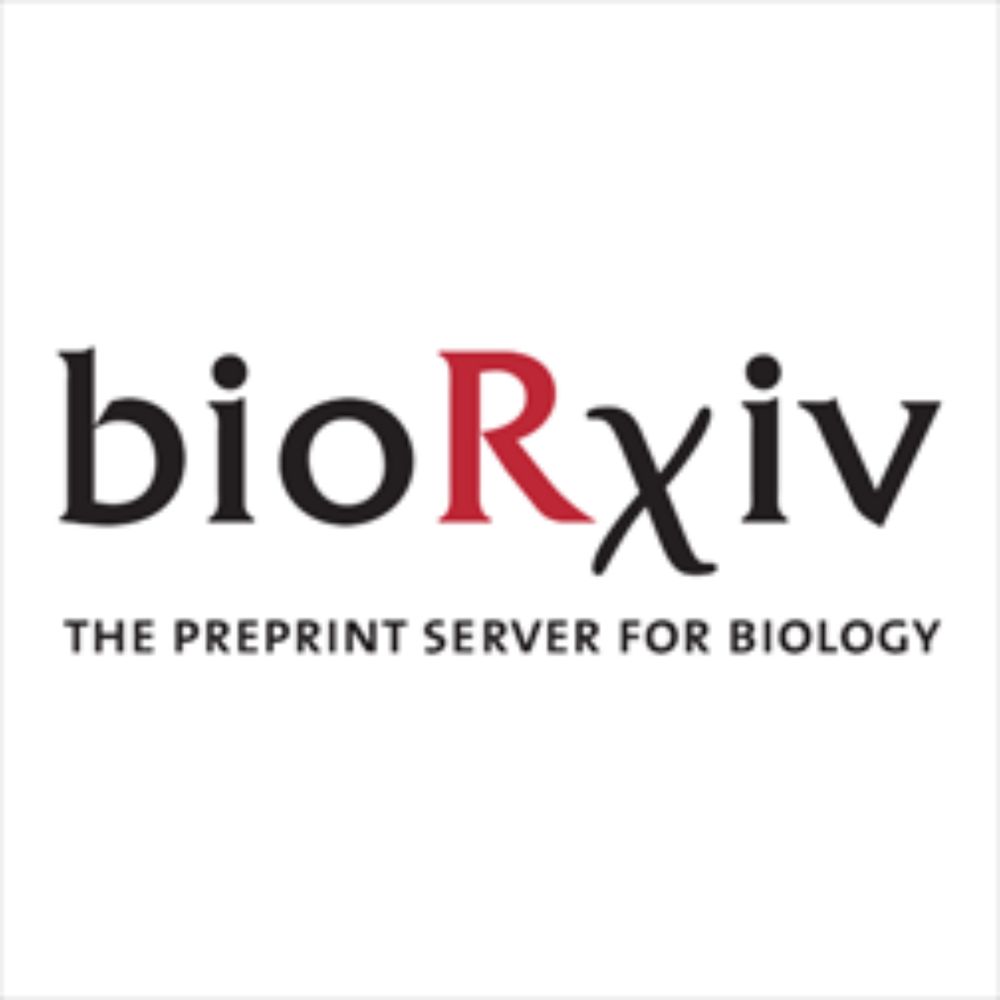
publicusaresearchbenefits.com
please share and re-share so we get more great stories in there!
publicusaresearchbenefits.com
please share and re-share so we get more great stories in there!
publicusaresearchbenefits.com
They are asking for suggestions - from brief to lengthy. The database is state-searchable, so all 50 states.
Please spread the word!
publicusaresearchbenefits.com
They are asking for suggestions - from brief to lengthy. The database is state-searchable, so all 50 states.
Please spread the word!
MAKE NOISE:
1. Share your story. Post how NSF funding has impacted your research or your life. Use #WithoutNSF to raise your voice.
2. Share your story on the Federal Freeze Tracker to help lawmakers and the public understand what’s at stake:
docs.google.com/forms/d/e/1F...
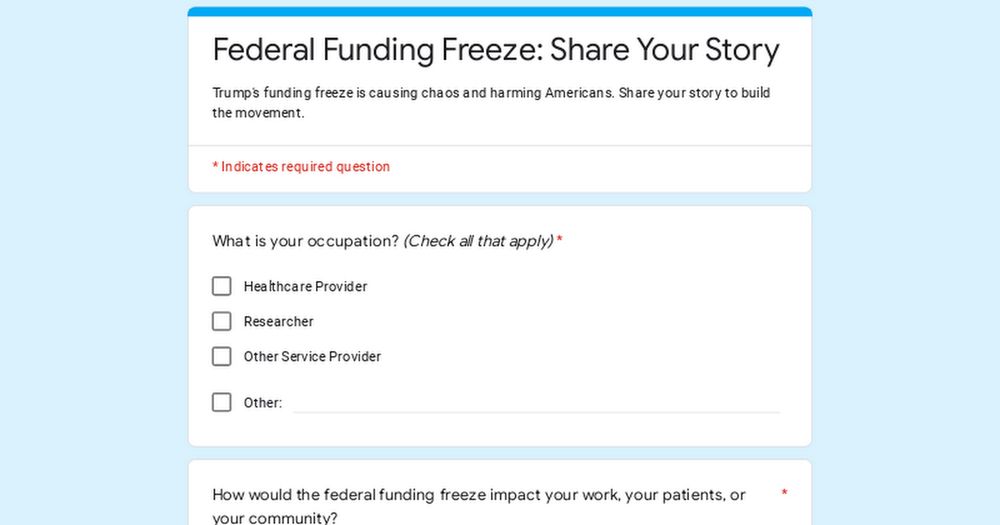
MAKE NOISE:
1. Share your story. Post how NSF funding has impacted your research or your life. Use #WithoutNSF to raise your voice.
2. Share your story on the Federal Freeze Tracker to help lawmakers and the public understand what’s at stake:
docs.google.com/forms/d/e/1F...
Our answer in @nature.com this week: Illness signals from the gut reactivate and strengthen flavor representations in the amygdala.
📄: nature.com/articles/s41...
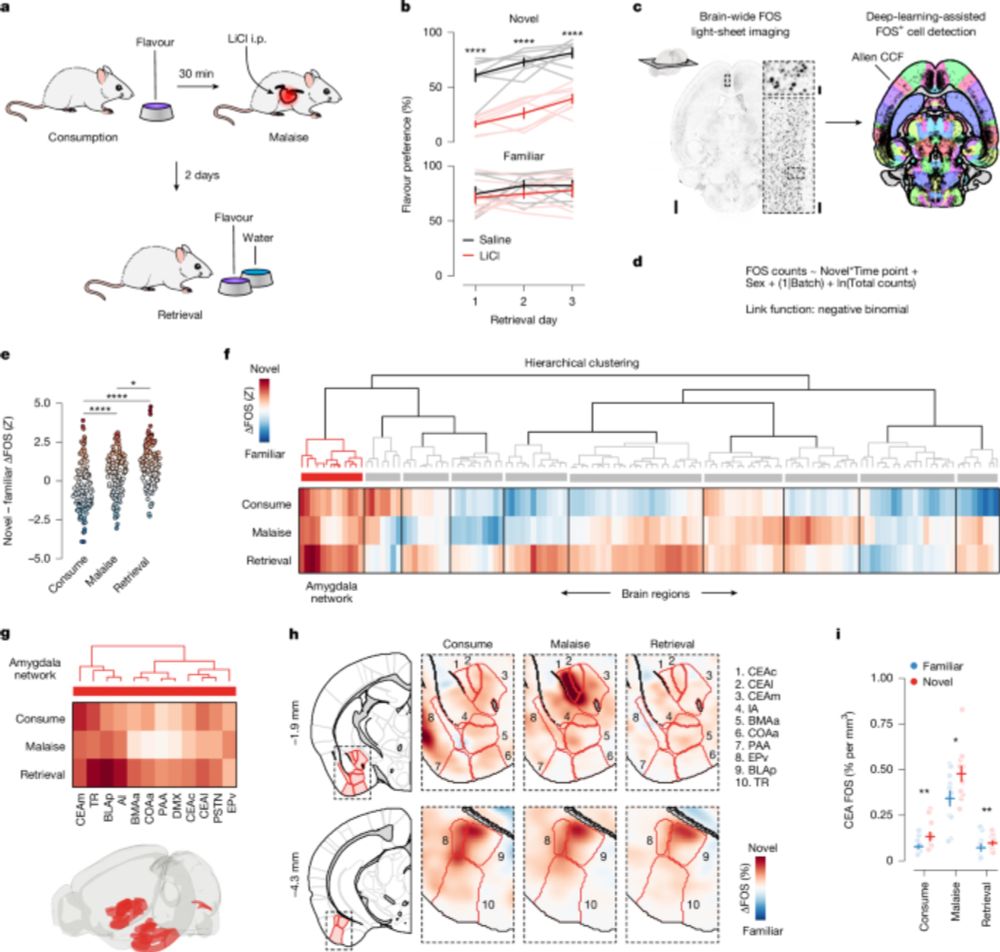
*Two* upcoming opportunities to Stand Up for Science, together.
🚨TOMORROW APRIL 5TH🚨
In partnership with @indivisible.org we say: HANDS OFF OUR SCIENCE
Find an event near you and register here: handsoff2025.com?utm_source=s...
#standupforscience
#handsoff

Our answer in @nature.com this week: Illness signals from the gut reactivate and strengthen flavor representations in the amygdala.
📄: nature.com/articles/s41...

Our answer in @nature.com this week: Illness signals from the gut reactivate and strengthen flavor representations in the amygdala.
📄: nature.com/articles/s41...
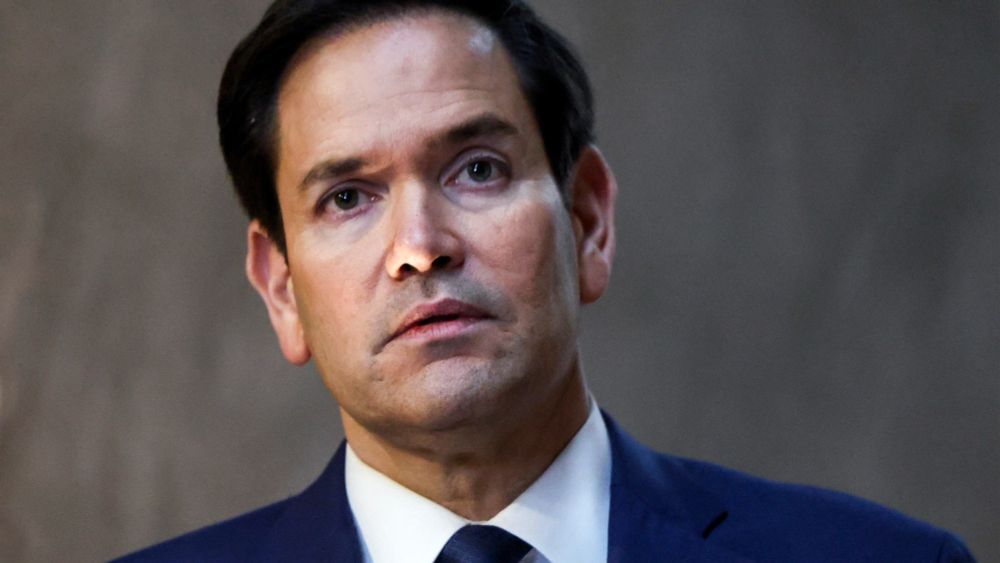
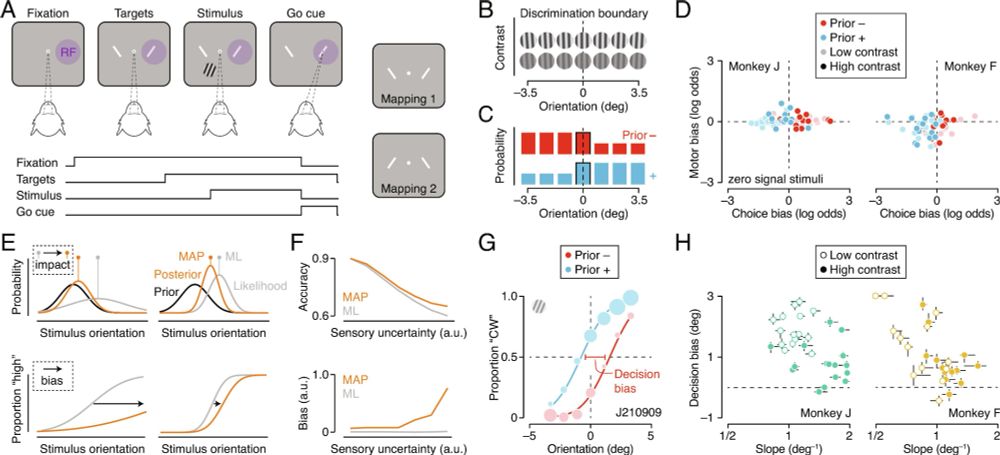
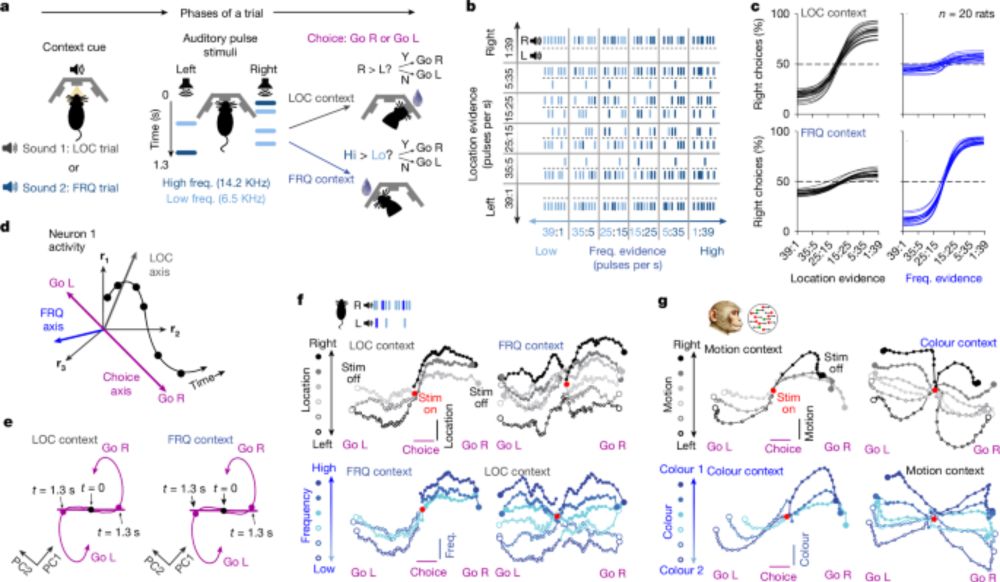
users.fmrib.ox.ac.uk/~behrens/Sta...
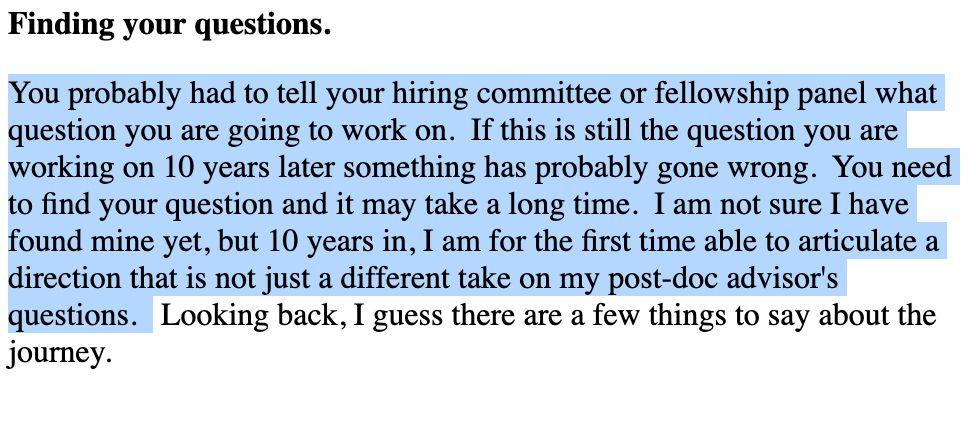
users.fmrib.ox.ac.uk/~behrens/Sta...

